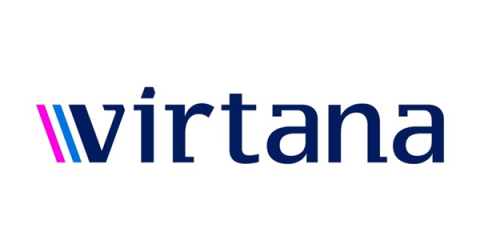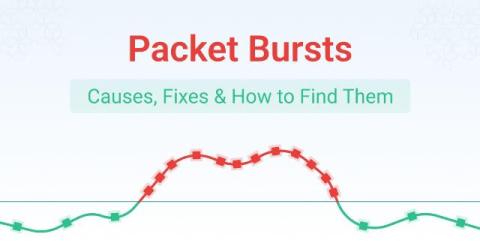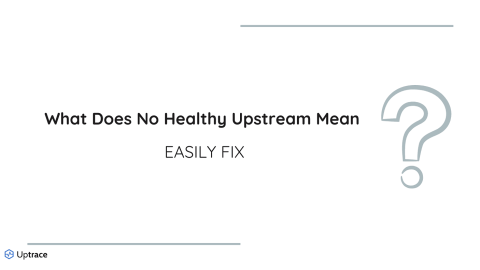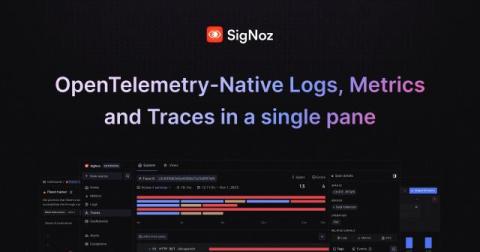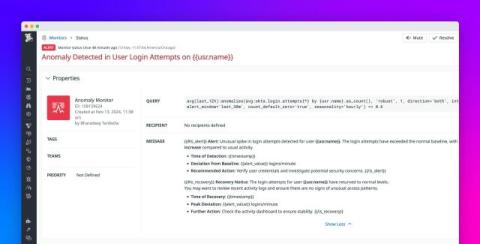Why Deep Observability is the Key to Infrastructure Success in 2024 and Beyond
In today’s digital economy, infrastructure has evolved from your organization’s technical foundation to a strategic asset that can make or break your business outcomes. Yet, as companies embrace hybrid environments, many find themselves struggling with a critical challenge: how to maintain control and visibility across increasingly complex infrastructure landscapes and AI workloads.


